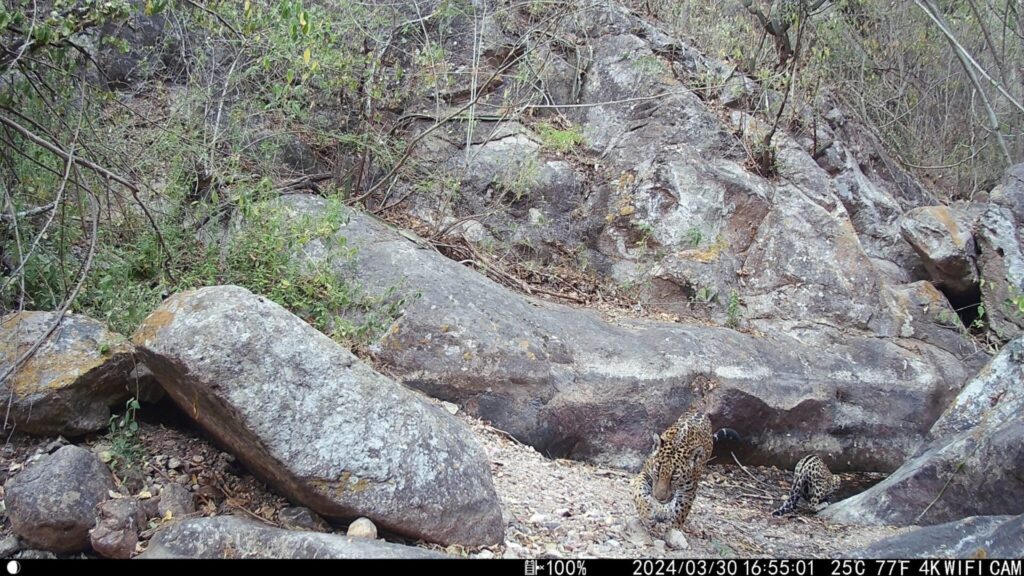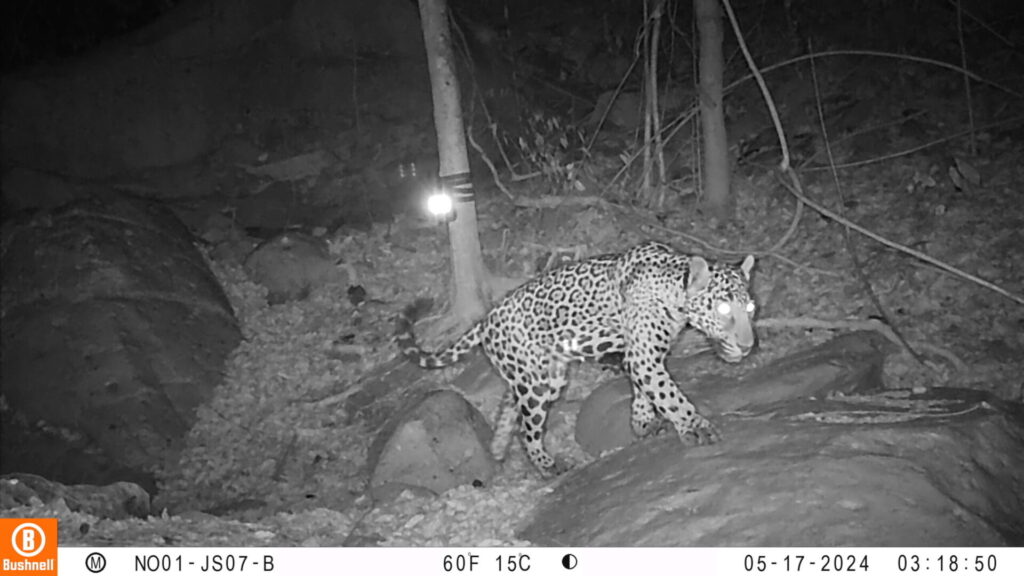According to census data from the last 14 years, Sinaloa has evolved from being just a passage corridor to become a key site for the reproduction of the jaguar (Panthera onca).
Recent research has shown the recurrent presence of pregnant females and cubs, with a ratio of two females for every male, a determining factor for the continuity of the species in the region.
In 2010, when the first jaguar census in Sinaloa, it was thought to be only a passage corridor. Now it is known that its population is reproducing, explained the biologist. Yamel Rubio Rochamember of the Jaguar Conservation Alliance.
"That gave us a very important revelation that Sinaloa was becoming a source site. That its population is reproducing. When you have females, and above all that your proportion of females is very good, and of course, that there is habitat, with that you are guaranteeing that the population will continue, that there will be reproduction," he said.
This growth is largely due to the existence of healthy habitats that not only provide shelter, but also abundant food, with species such as deer, peccary and wild boar at adequate levels of density.
According to Rubio Rocha, the high proportion of females in Sinaloa is a positive sign, as other regions of the country report lower numbers of females compared to males.

Jaguar monitoring in Sinaloa
In 2024, Sinaloa participated in the National Jaguar Censuswith a count carried out in the Jaguar Biological Stationlocated in the surroundings of the town of El Carmenin the municipality of San Ignacio. Although national results have not yet been published, an estimated 15% increase in the jaguar population in Mexico is estimated, a significant advance for a jaguar population in Mexico. endangered species.
Since 2010, the monitoring has reflected a steady growth in the jaguar population in Sinaloa. In that year, 7 felines were recorded in an area of 100 square kilometers, a figure that increased to 10 specimens in 2017. Likewise, the population density increased from 4 to 5.4 jaguars per 100 square kilometers.

Conservation technology
The jaguar monitoring is a complex process that requires advanced technology. In 2024, the team of biologists set up 40 monitoring stations, each equipped with one or two camera traps sensitive to movement and heat. This strategy made it possible to capture images of the jaguars in their natural habitat and to recognize them individually thanks to their unique spotting patterns.
If a specimen is photographed more than once in the same place, it means that it is living in that area; otherwise, it was just passing through, Rubio Rocha explained.
In addition, the census was conducted during the dry season, a strategic period that facilitates comparison with other national studies. According to established parameters, a jaguar can live up to 12 years in the wild, although monitoring is generally kept between 5 and 6 years to obtain reliable comparative data.
A promising future for the jaguar in Mexico
The increase in the population of the jaguar at Sinaloa is an encouraging sign for the conservation of this emblematic species in Mexico and Latin America. However, protection of their habitats remains critical to ensure their long-term survival.
The presence of reproductive females and cubs confirms that the region's ecosystems still have the necessary conditions for their survival.
Source: Espejo Magazine


